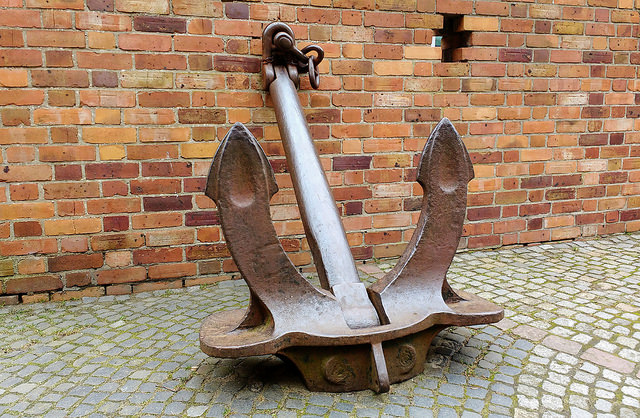
Image Credit: Thomas Kohler
If ever there was a fundamental question in negotiation, it would probably not be which negotiation styles or negotiating techniques to use, but rather it would have to be the classic “should I make the first offer or wait for the other side to make the first offer” question. For the longest time, the thinking went that we should sit back and allow the other side to make the first offer. The reason for this was so that we could learn valuable information based on what they asked for. However, negotiating research has shown that the cost of waiting for the other side to make an offer far outweighs the benefits of us making the first offer. Looks like we’ve got some research to do…
What Is Anchoring Bias?
It turns out that this “first offer” discussion is really all based on a negotiating technique called “anchoring bias”. Armed with a better sense of the anchoring bias, you can make better first offers and respond effectively to your counterparts’ first offers in a negotiation. In the world of negotiating, evidence shows that the party who makes the first offer in a negotiation gains an advantage. The first offer “anchors” the conversation, influencing the exchange of offers that follows—even if the anchor is arbitrary.
So just exactly what is anchoring in negotiation? As an example, the list price on a home tends to strongly anchor how potential buyers and their agents view the property and the counteroffers they extend. The anchoring bias is considered a “bias” because it distorts our judgment. This is especially the case when the bargaining zone is unclear. When the other side uses an anchor, the possibilities for agreement will narrow in your mind.
When Should You Drop An Anchor In A Negotiation?
As is the case with every negotiation, you need to take the time to carefully prepare for you next upcoming negotiation. If you take the time to do this properly, then the effort will allow you to make up your mind as to if you’ll be able to drop an anchor successfully during the negotiation. Key to making this kind of decision will be your understanding of the zone of possible agreement, or ZOPA—the range of options that would be acceptable to both sides. Should you make the first offer? Four different scenarios are possible:
The other party knows more about the ZOPA than you do. When it seems likely that the other party knows more than you do about the size of the ZOPA, you will have trouble anchoring effectively. Before dropping an anchor in such situations, arm yourself with as much information as you can.
Both sides have a strong sense of the ZOPA. This is typically the case in long-standing relationships between suppliers and customers with open books. If each side is aware of the other side’s profit margins, anchors won’t have much effect. Instead, negotiators are likely to focus on whether they feel they are being treated fairly.
Neither side knows much about the ZOPA. Although you can make an effective first offer when neither side knows much about the ZOPA, you run the risk of giving up too much or being too demanding.
You know more about the ZOPA than the other party does. This is often the case when you are offering or selling an asset (such as a job, a house, or a car) about which you know a great deal. In such cases, you should take advantage of your superior knowledge and make an aggressive first offer with confidence.
What All Of This Means For You
In a typical principled negotiation, the party that makes the first offer has the ability to seize control of the negotiations. If the other side does make the first offer, how can you avoid being overly swayed by it? Base your counteroffer on the same information you would use to construct a first offer, namely your ideal outcome and your knowledge of the other party’s alternatives and likely reservation price. Ideally, a strong BATNA will give you the confidence you need to reject extreme anchors and, if no agreement seems possible, move on to your next-best option.
The good news is that if you know that in a negotiation anchors can exist, you’ll be able to deal with them. One of the most effective techniques for dealing with anchors that have been introduced by the other side is to simply ignore them. If they don’t exist, then they can’t influence the negotiations!
– Dr. Jim Anderson
Blue Elephant Consulting –
Your Source For Real World Negotiating Skills™
Question For You: If you drop an anchor during a negotiation and the other side ignores it, what should you do?
![]() Click here to get automatic updates when The Accidental Negotiator Blog is updated.
Click here to get automatic updates when The Accidental Negotiator Blog is updated.
P.S.: Free subscriptions to The Accidental Negotiator Newsletter are now available. Learn what you need to know to do the job. Subscribe now: Click Here!
What We’ll Be Talking About Next Time
Yes, yes – I’m sure that we’ve all at least heard of the book “Getting To Yes” and with a little luck a number of us have actually read it. The gist of the book is that you can use your negotiation styles and negotiating techniques to negotiate better deals if you can find a way to create a deal that benefits both parties. This “win-win” deal is highly desirable, but at times it can appear to be very hard to achieve. As negotiators, what we need are some tips for our next negotiation that will show us how we can make win-win work for us.

